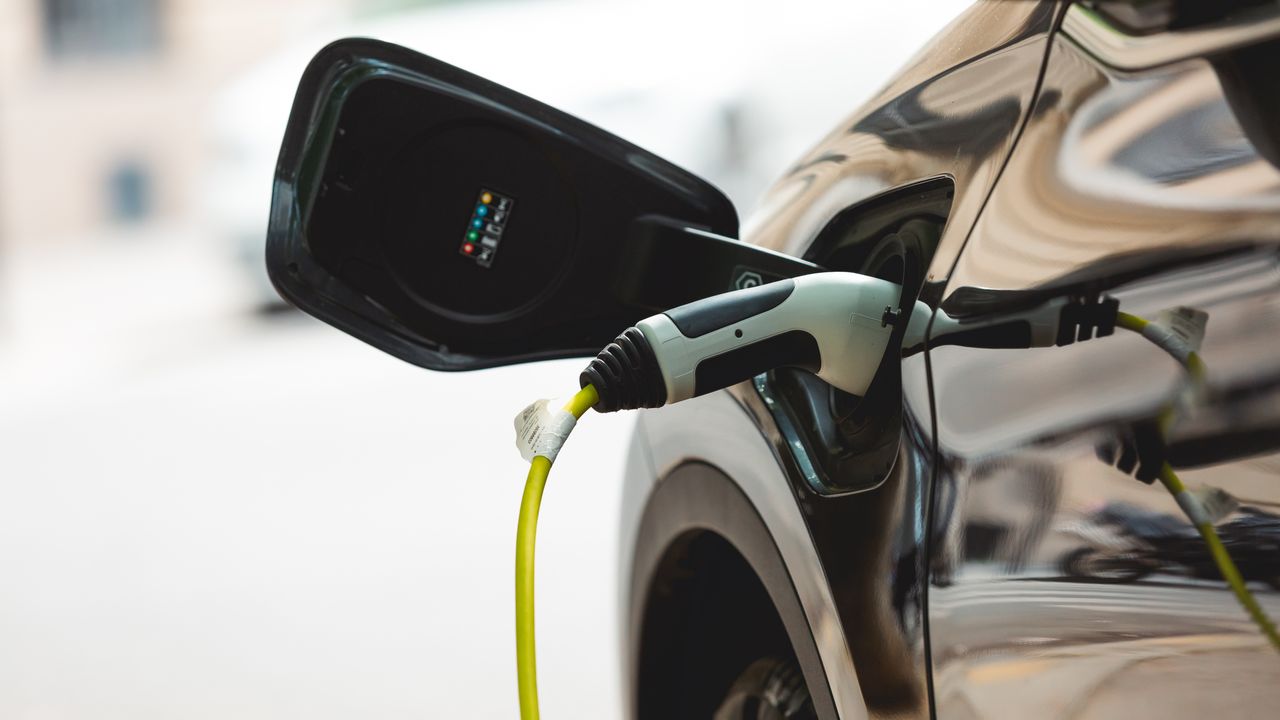EV Charging Platform Integration: The Future of Fleet Management
As electric vehicles (EVs) continue to gain popularity, the need for efficient and scalable charging solutions becomes increasingly important. EV charging platform integration offers a comprehensive solution for fleet management, scalability, and vehicle-to-grid integration. In this article, we will explore the benefits and potential of integrating charging platforms into the EV ecosystem.
Charging Platform Fleet Management Integration
One of the key advantages of EV charging platform integration is its ability to streamline fleet management. With a centralized platform, fleet operators can monitor and control multiple charging stations simultaneously. This integration allows for real-time data analysis, remote diagnostics, and the ability to optimize charging schedules based on demand and availability.
By integrating fleet management tools into the charging platform, operators can efficiently manage their EV fleet, ensuring that vehicles are charged and ready for use when needed. This integration also enables predictive maintenance, reducing downtime and increasing overall fleet efficiency.
Charging Platform Scalability
Scalability is another crucial aspect of EV charging platform integration. As the number of EVs on the road continues to grow, it is essential to have a charging infrastructure that can accommodate the increasing demand. Charging platforms offer the flexibility to scale up or down based on the needs of the fleet.
With a scalable charging platform, fleet operators can easily add or remove charging stations as required. This adaptability ensures that the charging infrastructure can keep up with the fleet’s growth without incurring significant costs or disruptions. Additionally, a scalable platform allows for future expansion, accommodating new EV models and technologies.
Charging Platform Vehicle-to-Grid Integration
Vehicle-to-grid (V2G) integration is a groundbreaking concept that allows EVs to not only consume electricity but also feed it back into the grid when needed. By integrating V2G capabilities into the charging platform, EVs can become valuable assets in balancing the grid and optimizing energy usage.
With V2G integration, EVs can charge during off-peak hours when electricity is cheaper and discharge power back to the grid during peak demand periods. This bidirectional flow of electricity helps stabilize the grid, reduce strain on power plants, and maximize the utilization of renewable energy sources.
Furthermore, V2G integration offers financial incentives to fleet operators. By participating in demand response programs, operators can earn revenue by providing grid services. This additional revenue stream can offset charging costs and contribute to the overall sustainability of the fleet.
Conclusion
EV charging platform integration holds immense potential for fleet management, scalability, and vehicle-to-grid integration. By centralizing fleet management tools, operators can efficiently monitor and control their EV fleet, optimizing charging schedules and reducing downtime. Scalable charging platforms ensure that the infrastructure can accommodate the growing demand for EVs without significant disruptions or costs. Finally, vehicle-to-grid integration allows EVs to become valuable assets in balancing the grid and maximizing the utilization of renewable energy sources.
As the adoption of EVs continues to rise, it is crucial for fleet operators to embrace charging platform integration. By doing so, they can unlock the full potential of their EV fleet, reduce operational costs, and contribute to a more sustainable future.
